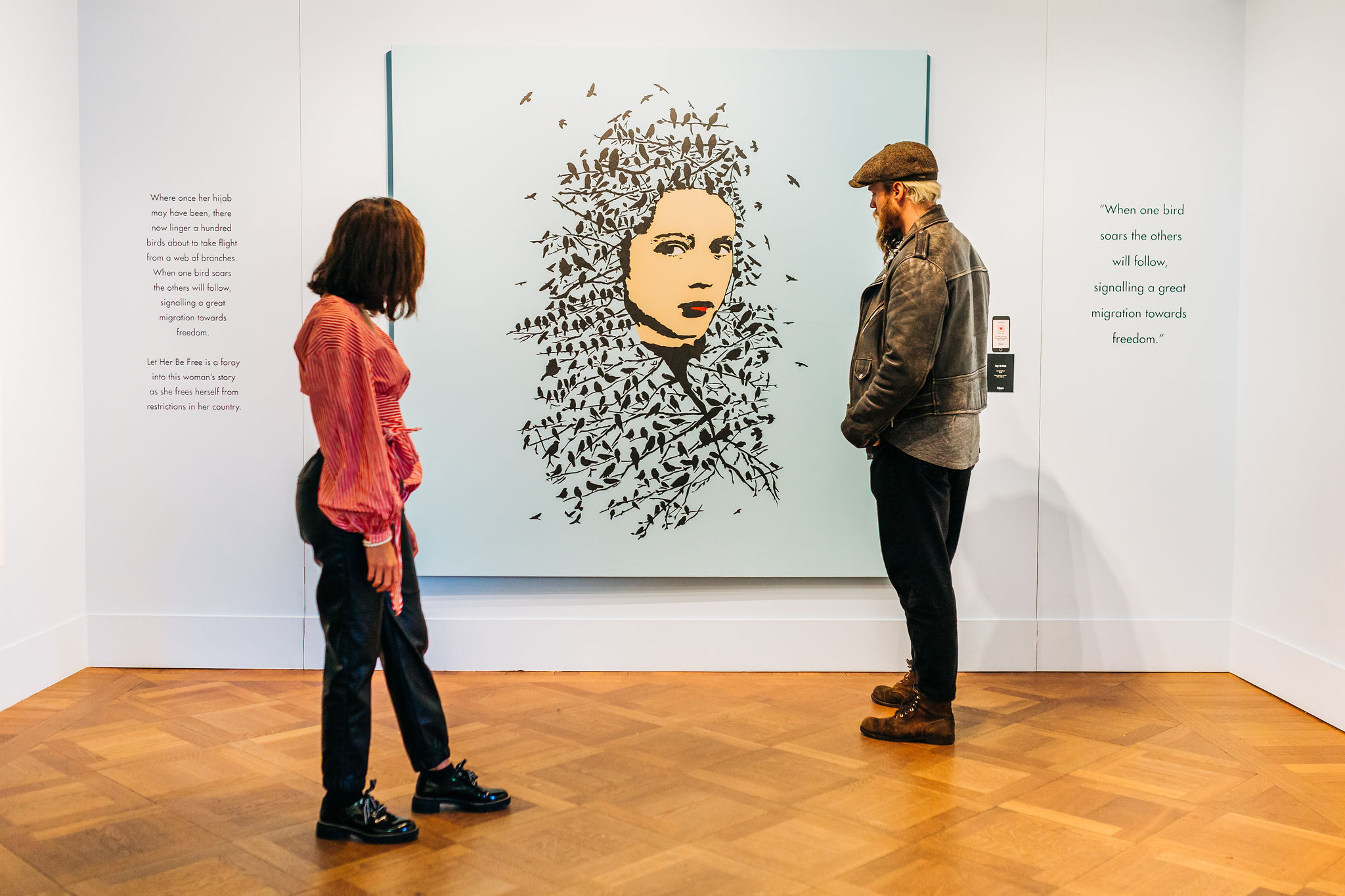Art exhibitions have long been recognized as a powerful tool for cultural diplomacy, allowing countries to showcase their art and culture to international audiences. One prominent example is the touring exhibition of Andy Warhol art, which has been displayed in various cities around the world. These exhibitions not only showcase the talent of the artist, but also offer insights into the cultural and social context of the time in which the art was created. Art exhibitions can also serve as a platform for dialogue and exchange between cultures, fostering understanding and appreciation. For instance, the recent exhibition of contemporary African art at an art gallery in Barcelona provided a unique opportunity for Spanish audiences to engage with African art and culture. By bringing together artists and audiences from different parts of the world, art exhibitions can help to break down cultural barriers and promote cross-cultural understanding.

The role of art exhibitions in shaping national identity
Art exhibitions offer a window into the cultural heritage, traditions, and values of a nation, providing a platform for artists to express their unique perspectives and experiences. For instance, the National Museum of African American History and Culture in Washington D.C. showcases the works of African American artists, offering a nuanced and multi-layered portrayal of the African American experience in the United States. Similarly, the annual Venice Biennale serves as a global platform for artists to represent their countries, highlighting their distinct cultural identities and artistic traditions. Art exhibitions can also serve as a means of creating a sense of national pride and unity, as seen in the case of the Louvre Abu Dhabi, which features works of art that represent the history and culture of the United Arab Emirates.
Art exhibitions as a platform for cultural exchange
Art exhibitions have the potential to serve as a powerful platform for cultural exchange, offering artists the opportunity to share their unique perspectives and experiences with a broader audience, and fostering cross-cultural dialogue and understanding. One example of an art exhibition that facilitated cultural exchange is the traveling exhibition “The Silk Road: A Living History” which showcased art and artifacts from countries along the ancient Silk Road, including China, India, and Iran. This exhibition not only showcased the rich cultural heritage of these countries, but also provided a platform for cultural exchange and collaboration between artists and audiences from different parts of the world. Similarly, the annual Dak’Art biennale in Senegal serves as a platform for African artists to showcase their works and engage with artists and audiences from around the world.